
- 1. Why Climate Matters in Choosing Roofing Materials
- 2. Top Roofing Materials for Cold Climates
- 3. Key Considerations for Roofing in Snowy Areas
- 4. The Importance of Energy Efficiency and Insulation
- 5. Roof Maintenance Tips in Cold Climates
1. Why Climate Matters in Choosing Roofing Materials
When selecting roofing materials for your home in colder regions, it is essential to consider the climate’s unique demands. Cold climates bring harsh weather conditions, including freezing temperatures, heavy snow, and ice buildup. These factors can cause significant stress on your roof, potentially leading to leaks, cracks, or roof failure if the materials are not suitable. Additionally, some materials are better equipped to handle the weight of snow or resist ice dams that can form in colder months.
In this guide, we’ll explore the best roofing materials for cold climates and help you understand the key factors to consider to ensure your roof is both durable and energy-efficient in challenging weather conditions.
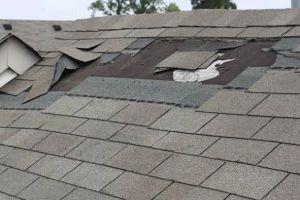
Best Roofer & Renovation / best roofing toronto
2967 Dundas St W #1584, Toronto, ON M6P 1Z2, Canada
2. Top Roofing Materials for Cold Climates
When choosing a roof for colder climates, it's important to select materials that are both weather-resistant and capable of withstanding the rigors of winter. Below are some of the best roofing materials to consider for cold climates:
- Asphalt Shingles: Asphalt shingles are one of the most popular roofing choices in cold climates. They are affordable, durable, and effective at handling freezing temperatures. Their flexibility allows them to expand and contract with temperature changes, reducing the risk of cracking. Additionally, many asphalt shingles come with added granules that can enhance their durability in snow and ice conditions.
- Metal Roofing: Metal roofs are an excellent choice for areas that experience heavy snow and ice. Metal’s smooth surface allows snow to slide off easily, reducing the weight load on the roof. Furthermore, metal roofs are highly durable, long-lasting, and resistant to extreme temperatures, making them ideal for cold climates.
- Slate Roofing: Slate is another durable material that performs well in cold climates. It’s resistant to both freezing temperatures and heavy snow. Slate roofs are known for their longevity and can last for over 100 years. However, slate is a heavy material, and it may require additional structural support for installation.
- Clay and Concrete Tiles: While not as common in extremely cold areas, clay and concrete tiles can be effective in regions with moderate winters. They are highly durable and can withstand freezing temperatures. However, they may not be the best choice for areas with heavy snow, as their weight can put additional stress on the roof structure.
- Synthetic Roofing Materials: Synthetic roofing materials, such as rubber or plastic polymer shingles, offer durability and resistance to cold weather conditions. These materials mimic the look of traditional roofing but are often lighter and more cost-effective. They also provide excellent protection against ice dams and heavy snowfall.
3. Key Considerations for Roofing in Snowy Areas
When selecting roofing materials for snowy areas, there are several factors to consider beyond just the material itself. Here are some additional considerations to ensure your roof performs well in cold and snowy conditions:
- Snow Load Capacity: The weight of snow can accumulate quickly, putting a significant load on your roof. Choose roofing materials that can handle the weight of heavy snow without compromising the roof's integrity. For areas prone to heavy snowfalls, it's essential to have a roof designed to withstand this extra load.
- Ice Dams: Ice dams are a common problem in cold climates where melting snow refreezes at the roof edge, causing water to back up under shingles. To prevent ice dams, ensure your roof has proper insulation and ventilation to regulate temperature and prevent heat from escaping into the attic.
- Ventilation: Proper roof ventilation is crucial in cold climates to maintain temperature regulation and prevent moisture buildup in the attic, which could lead to mold or ice dam formation. Proper airflow can help prevent premature roof deterioration caused by extreme weather conditions.
4. The Importance of Energy Efficiency and Insulation
In cold climates, roof insulation is just as important as the roofing material itself. Proper insulation helps keep your home warm by preventing heat loss, reducing your energy bills, and maintaining a comfortable indoor temperature. Roofing materials with excellent insulation properties, combined with proper attic insulation, can help prevent heat from escaping and keep your home energy-efficient during the winter months.
Additionally, energy-efficient roofing materials can reflect heat in the summer and retain warmth in the winter, further enhancing your home’s energy performance year-round. Metal roofs, for example, are highly reflective, while cool roofing options like asphalt shingles with reflective coatings can also provide added benefits.
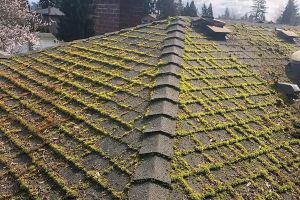
Vancouver Moss Removal / moss removal north vancouver
VancouverMetro VancouverBritish Columbia
1615 Frances St #105, Vancouver, BC V5L 1Z3, Canada
5. Roof Maintenance Tips in Cold Climates
Proper maintenance is key to prolonging the lifespan of your roof and ensuring it remains effective in cold climates. Here are some essential roof maintenance tips for homeowners in snowy regions:
- Regular Snow Removal: After heavy snowfall, consider removing excess snow from your roof to prevent it from accumulating and creating a heavy load. Be cautious when doing this, and if necessary, hire a professional to safely remove snow from hard-to-reach areas.
- Inspect for Damage: Regularly inspect your roof for any signs of damage, such as cracked or missing shingles. Look for signs of water leaks inside your home and address any issues promptly to prevent further damage.
- Clear Gutters: Ensure that your gutters are clear of debris to prevent ice dams from forming. Clogged gutters can trap water and cause it to freeze, leading to further roof damage.
Choosing the right roofing material for cold climates is crucial for maintaining the safety, comfort, and energy efficiency of your home. If you need professional roofing services or advice, Pickering Roofing can help you select the best materials and provide expert installation and maintenance to keep your roof in top condition.


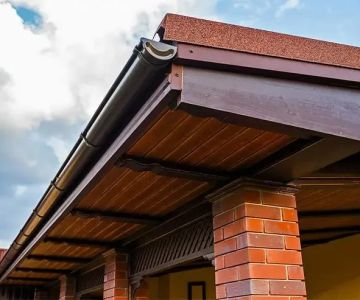
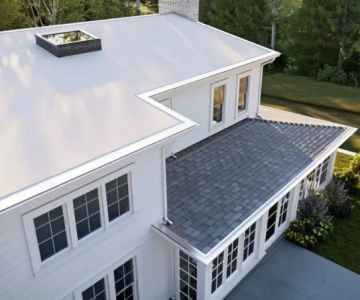
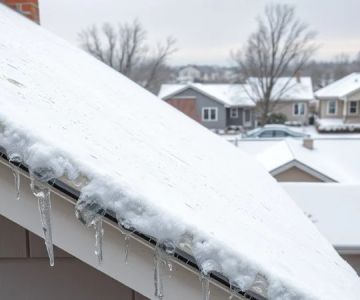
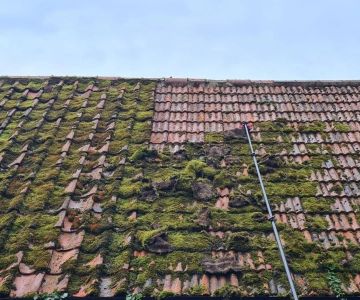
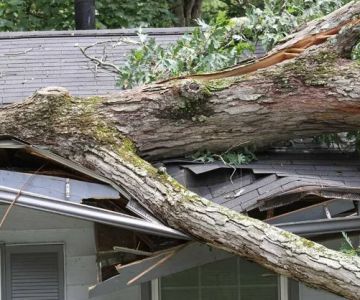
 Astro Roofing Inc4.0 (50 reviews)
Astro Roofing Inc4.0 (50 reviews) Triumph Group of Companies Mississauga0.0 (0 reviews)
Triumph Group of Companies Mississauga0.0 (0 reviews) TT Sheltered roofing Toronto0.0 (0 reviews)
TT Sheltered roofing Toronto0.0 (0 reviews) Rydel Roofing in Burlington4.0 (60 reviews)
Rydel Roofing in Burlington4.0 (60 reviews) Helios Roofing and Waterproofing Ltd.3.0 (3 reviews)
Helios Roofing and Waterproofing Ltd.3.0 (3 reviews) CHR Roofing3.0 (36 reviews)
CHR Roofing3.0 (36 reviews)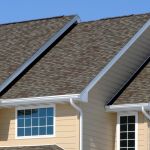 How Much Does a New Roof Cost in 2025? Canadian Roofing Price Guide
How Much Does a New Roof Cost in 2025? Canadian Roofing Price Guide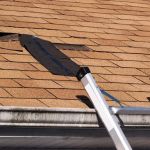 Top Signs Your Roof Has a Leak and What to Do About It in Canada
Top Signs Your Roof Has a Leak and What to Do About It in Canada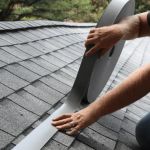 Can You Install a New Roof Over an Old One in Canada?
Can You Install a New Roof Over an Old One in Canada? The Top Questions to Ask Before Hiring a Roofer in Canada
The Top Questions to Ask Before Hiring a Roofer in Canada What Are the Most Common Roofing Scams and How to Avoid Them in Canada
What Are the Most Common Roofing Scams and How to Avoid Them in Canada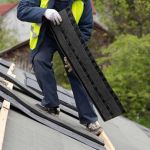 How to Prepare Your Home for a Roofing Project in Canada
How to Prepare Your Home for a Roofing Project in Canada